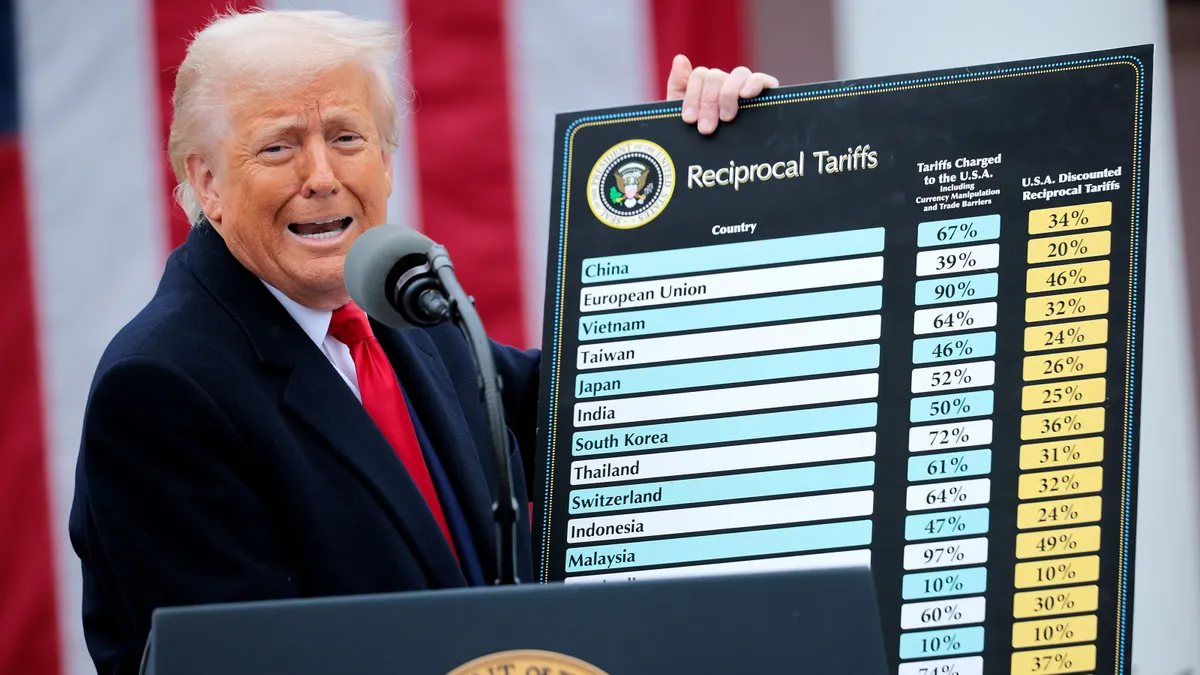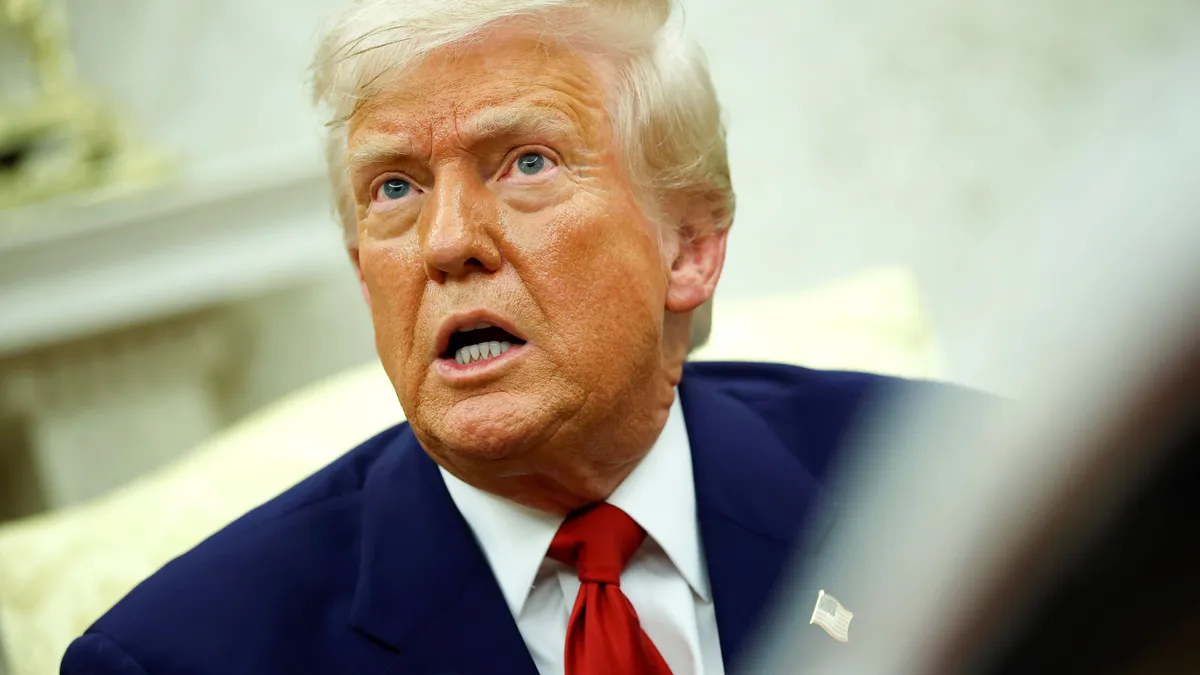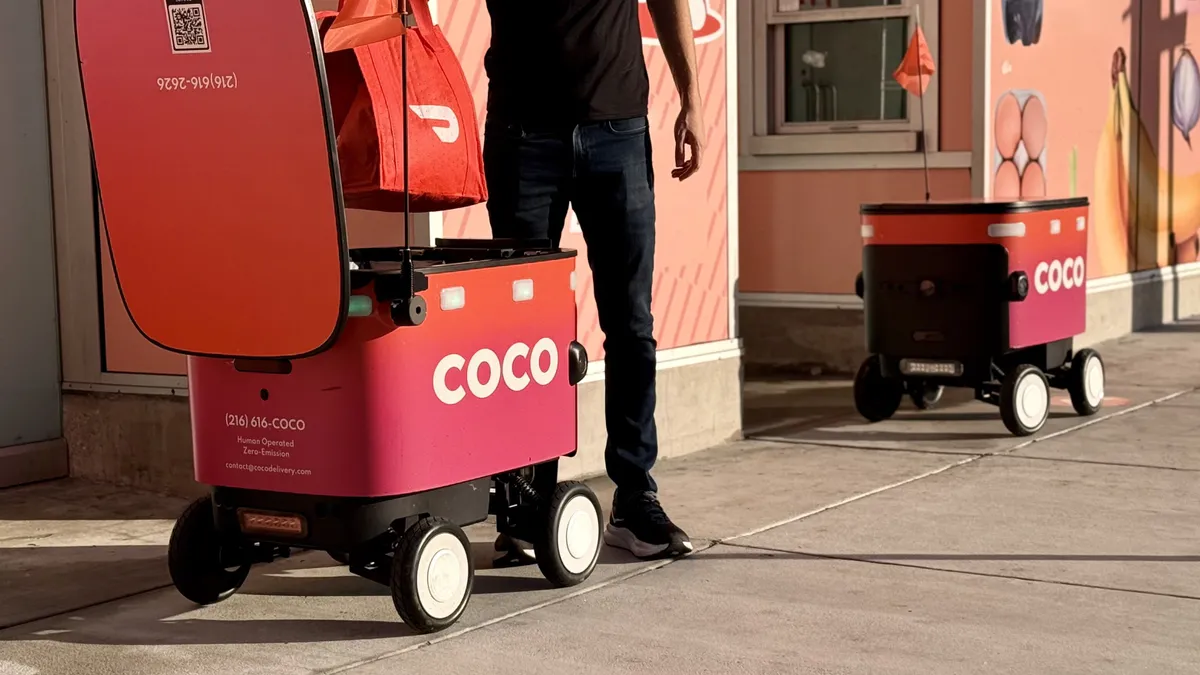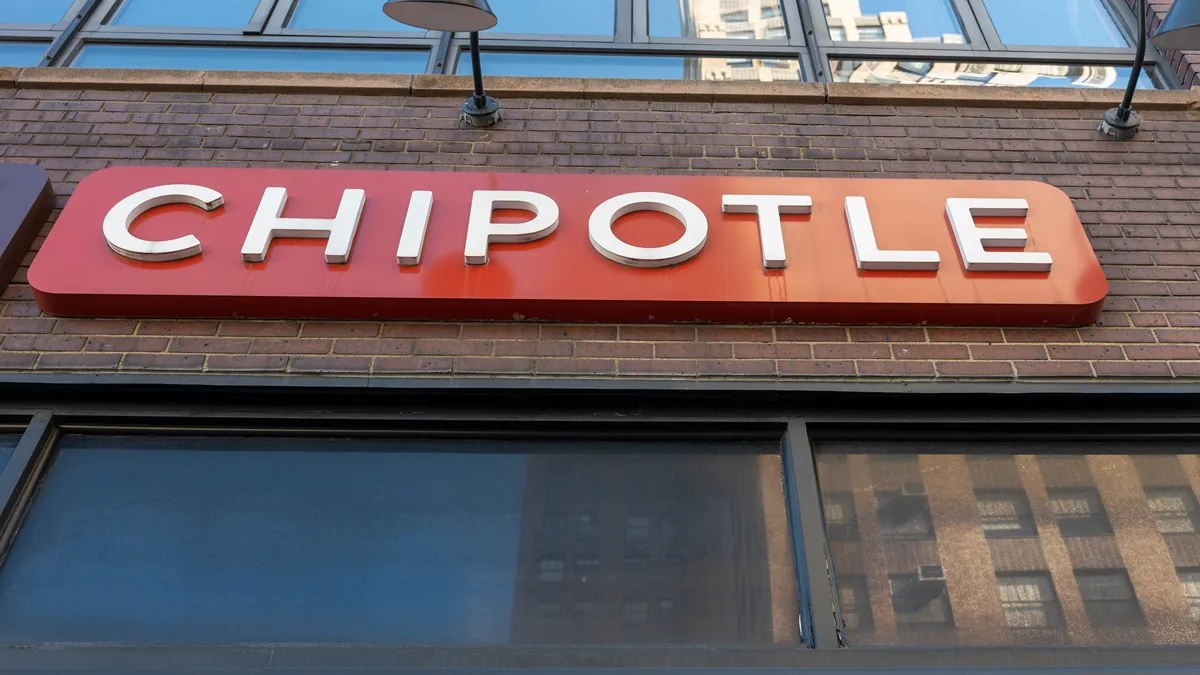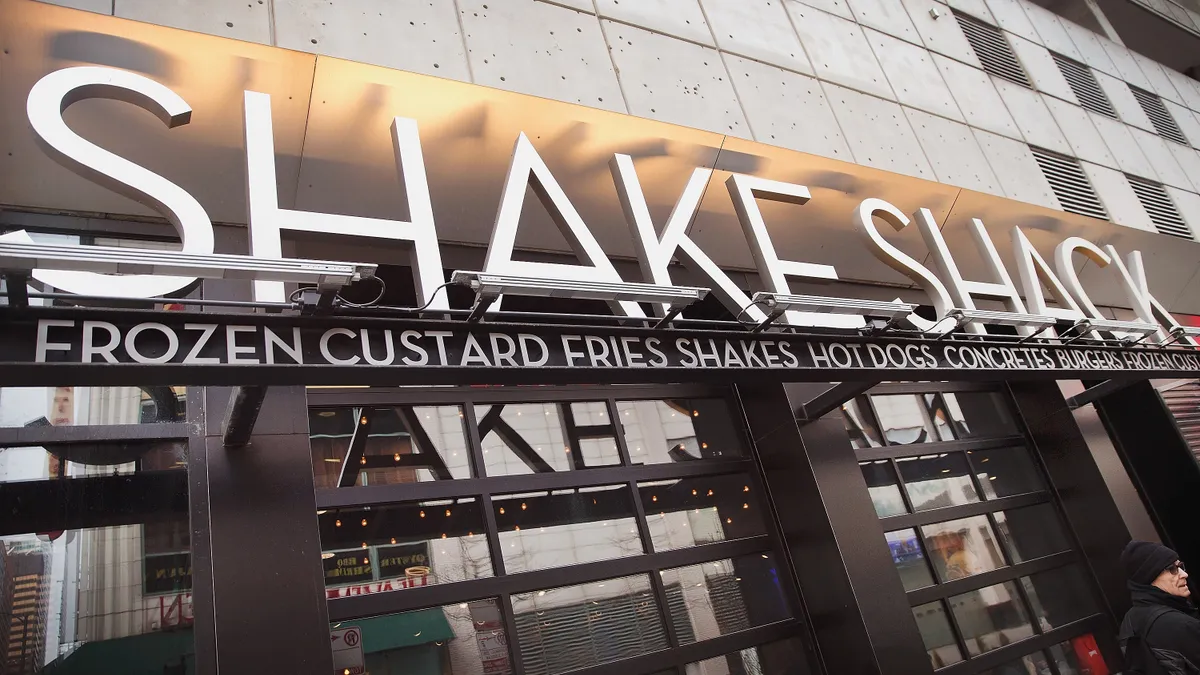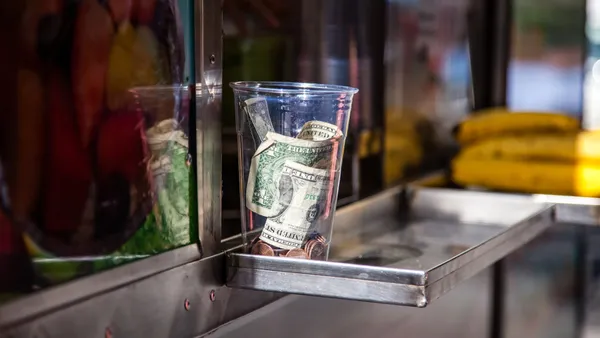The fast food industry has long been criticized for low pay, but brands like Starbucks and Chipotle have sought to convince the public, and prospective employees, of the benefits that come with making cappuccinos and burritos.
Trade associations have argued that fast food, and restaurants in general, are better employers than critics claim. These campaigns, however, are made in part to fight off activist efforts to raise wages and reform labor law. In 2023, major restaurant companies — including McDonald’s, Starbucks, Chipotle and Chick-fil-A — bankrolled an effort to kill California’s sectoral fast food minimum wage, which ended in compromise.
Thanks to the Dodd-Frank Act, publicly traded corporations are required to disclose the ratio between the median worker pay and respective CEO pay in their proxy statements. The proxy filings of major restaurant companies reveal a startling compensation disparity between chief executives and their median employees.
Here’s how seven restaurant titans stack up on compensation.
Starbucks
CEO Pay: $97.8 million
Median Worker Pay: $14,674
Ratio: 6,666 to 1
When Starbucks hired Brian Niccol last year, the seasoned executive’s compensation package topped out at $97.8 million, according to the brand’s proxy filing. Niccol’s compensation for his first year is likely to be quite high compared to subsequent years — his compensation for 2024 included a $5 million sign-on bonus and a $90 million stock grant. Starbucks had to entice him away from Chipotle and persuade him to take on an unenviable and difficult overhaul of a brand that has chewed up several CEOs in the last few years.
Starbucks’ median worker earns less than the federal poverty line for an individual. While Starbucks Workers United initially began as a movement to assert more power in the workplace, the union is demanding a $20 minimum wage for baristas and a $25.40 minimum wage for shift supervisors, according to its bargaining positions.
Chipotle
CEO Pay: $22.47 million
Median Worker Pay: $16,595
Ratio: 1,354 to 1
Because Chipotle has not filed a proxy statement since Niccol left, its CEO compensation ratio under Scott Boatwright is unclear. But in Niccol’s last full year with the burrito brand, he earned $22.47 million, compared to the $16,595 earned by an hourly Florida employee who worked 24 hours weekly according to Chipotle’s proxy. This is marginally higher than the federal poverty rate. Niccol’s compensation was equivalent to the annual pay of 1,354 burritomakers.
Assuming that employee worked all 52 weeks of the year, their hourly pay comes out to about $13.29. By contrast, Niccol’s pay — assuming a standard 2,040 hour work year — came to $11,014 an hour.
Yum Brands
CEO Pay: $24.7 million
Median Worker Pay: $17,160
Ratio: 1,440 to 1
The parent company of Taco Bell, KFC and Pizza Hut may franchise most of its restaurants, but it still employs tens of thousands of workers. For its 2024 proxy, the company’s “median employee was identified as a part-time Taco Bell restaurant employee in the United States.”
That median worker made $17,160 — about 110% of the federal poverty rate — while CEO David Gibbs received $24.7 million in compensation, for a pay ratio of 1,440 to one .
McDonald’s
CEO Pay: $18.2 million
Median Worker Pay: $17,492
Ratio: 1,014
McDonald’s system is also majority franchised .As a result, the brand identified its median employee not as a worker in the U.S., but as a restaurant employee in Poland, who earned $17,492 in 2024.
CEO Chris Kempczinski was paid about $18.2 million, or roughly 1,014 times what the median employee earned.
Restaurant Brands International
CEO Pay: $29 million
Median Worker Pay: $31,525
Ratio: 919 to 1
Fast food giants like RBI, Yum Brands and McDonald’s have heavily franchised store systems, meaning they have a higher ratio of corporate employees to frontline workers. As a result, median pay tends to be higher than at brands that own and operate all their own stores. RBI’s median employee earned $31,525 in 2023, according to its latest proxy, which did not include compensation data after the acquisition of Carrols Restaurants Group. The CEO of RBI earned about $29 million, or the equivalent of 919 median employees.
Carrols, which operated hundreds of Burger King restaurants, filed a proxy before it was acquired by RBI. Carrols’ proxy provides a more representative estimate for the pay of the median BK restaurant worker: $16,987— $1,300 dollars above the poverty line.
RBI’s CEO was paid about 1,705 times what the median Carrols worker earned.
Domino’s
CEO Pay: $8.9 million
Median Worker Pay: $33,744
Ratio: 265 to 1
Domino’s Pizza paid CEO Russell Weiner about $8.9 million in 2024, according to its most recent proxy.
Out of the chain’s roughly 10,000 employees, the median worker was a part-time delivery driver who worked less than 30 hours a week and made $33,744 in 2024. The ratio between Weiner’s pay and the driver’s is about 265 to one.
Wendy’s
CEO Pay: $17.3 million
Median Worker Pay: $28,675
Ratio: 604 to 1
Wendy’s, like Domino’s, had a comparatively high compensation for its median worker —$28,675 in total compensation across 1,816 hours of work. Working for nearly 35 hours each week, the median Wendy’s worker received about $14.69 an hour in total compensation.
Kirk Tanner, Wendy’s CEO, was paid $17.3 million, 604 times what the median worker earned. Tanner’s hourly pay, assuming he worked a full-time schedule of 2,080 hours in one year, would be $8,321.









